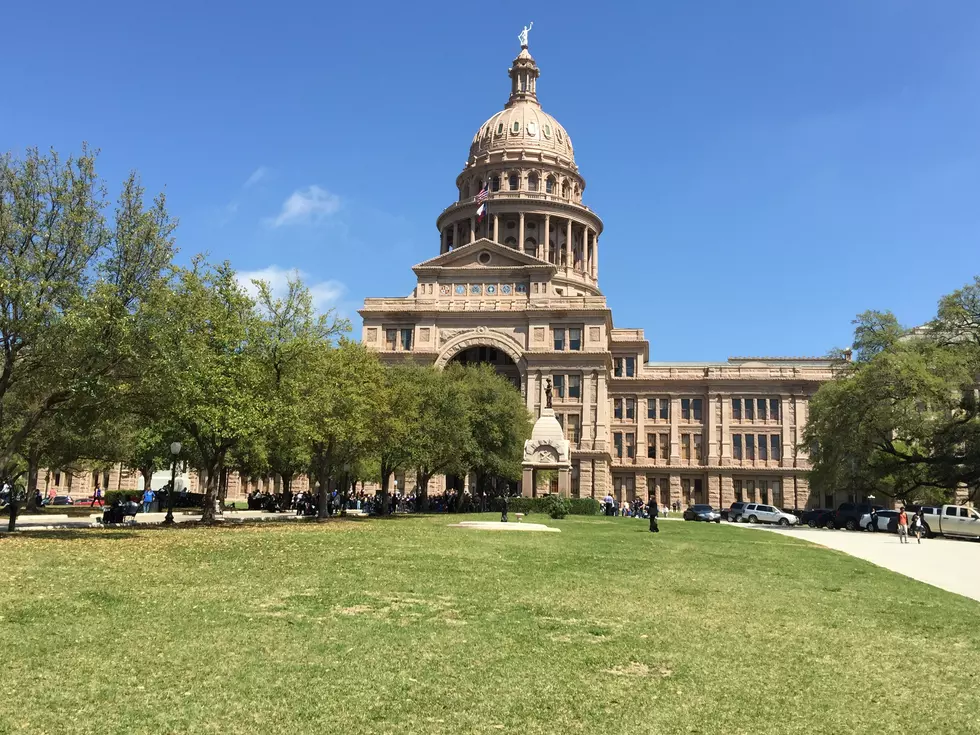Texas Comptroller’s Office Releases Electricity Usage Report
Texas Comptroller Susan Combs released a new report focusing on electricity. Specifically, advocating a more market-driven approach to providing for Texans’ utility needs.
The report shows that since 1990, annual electricity consumption in Texas has increased by nearly 128 million megawatt-hours representing more than one eighth of the United States’ growth in that period. In 2012 alone, Texas accounted for 365 million megawatt-hours – 40 percent higher than second-ranked California. Although the figures are high, the lion’s share goes towards manufacturing and other non-residential users. According to the report, more than two-thirds go towards these ends.
Texas Power Challenge: Getting the Most from Your Energy Dollars, was released Tuesday, September 23. In the opening of the report, Combs stressed the importance of manufacturing to Texas’ economy and how important energy needs are in maintaining the manufacturing infrastructure. She believes many challenges will be faced in maintaining the flow of energy consistent with growth and that eliminating some subsidies the answers.
“As with other successful areas of the Texas economy, a light regulatory hand frees the market to ensure that environmental goals and standards do not place excessive burdens on Texas consumers,” Combs wrote.
Texas’ GDP has actually risen much higher than both population and retail electricity sales in the last decade. Where Texas GDP has risen 47 percent, population and electricity retail sales have only risen 24 and 15 percent, respectively.
The report also stressed the importance of more traditional sources of power generation to keep up with the peak demands during the hot summer months as well as keeping reliable backups in place to renewable energy, such as wind-power, which can see drops in generation.
Finally, Combs challenged the wind-energy businesses to remove themselves from the yoke of the taxpayer. According to the report, the Texas Legislature approved Competitive Renewable Energy Zones to carry mostly wind energy generated in West Texas and the Panhandle to high-demand cities in 2005. The project was forecast to cost less than $5 billion, but ballooned to more than $6.9 billion to build nearly 3,600 miles of transmission lines and dozens of substations. The transmission lines are needed to carry energy from high producing areas, like Amarillo, to areas of higher demand. Combs’ report estimates the project will cost the average household an additional $70-100 per year.
“It’s time for wind to stand on its own two feet,” Combs said. “Billions of dollars of tax credits and property tax limitations on new generation helped grow the industry, but today they give it an unfair market advantage over other power sources.”
You can view the full report at the Comptroller's Website.
More From News/Talk 95.1 & 790 KFYO









